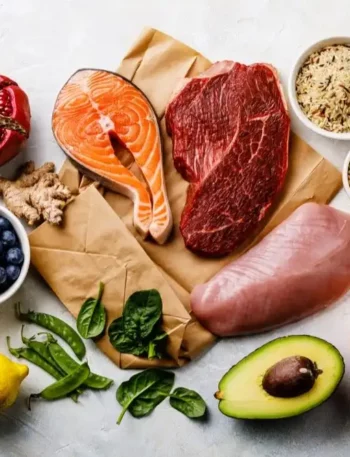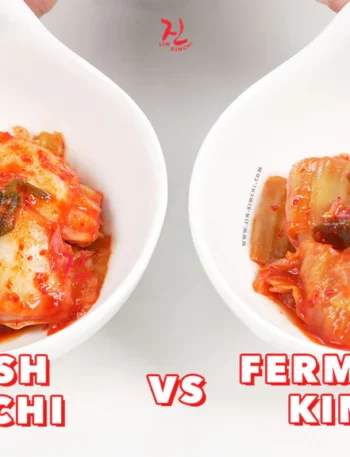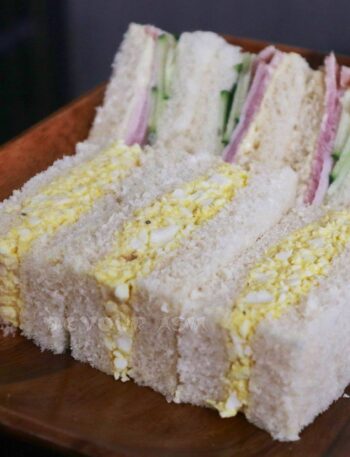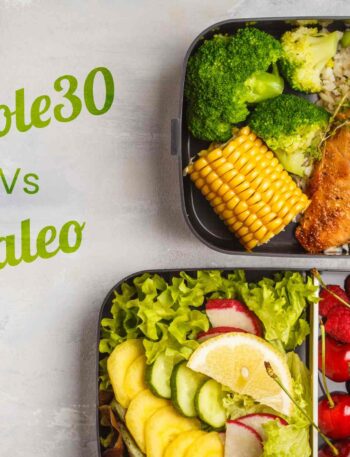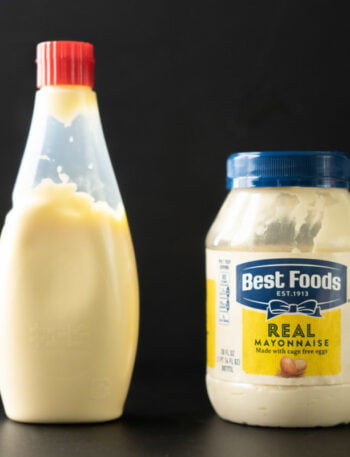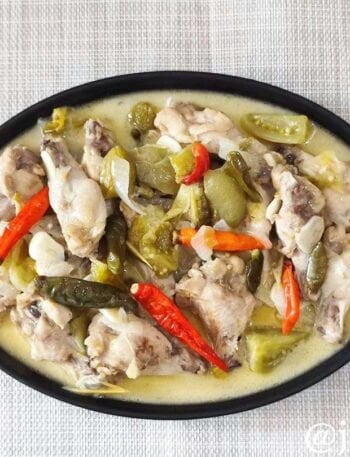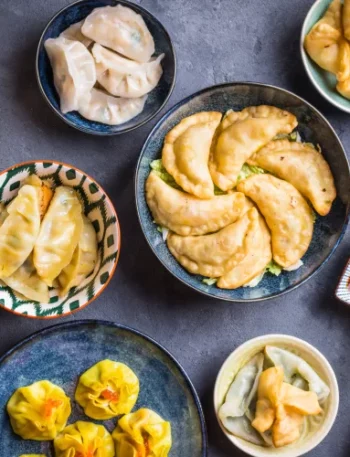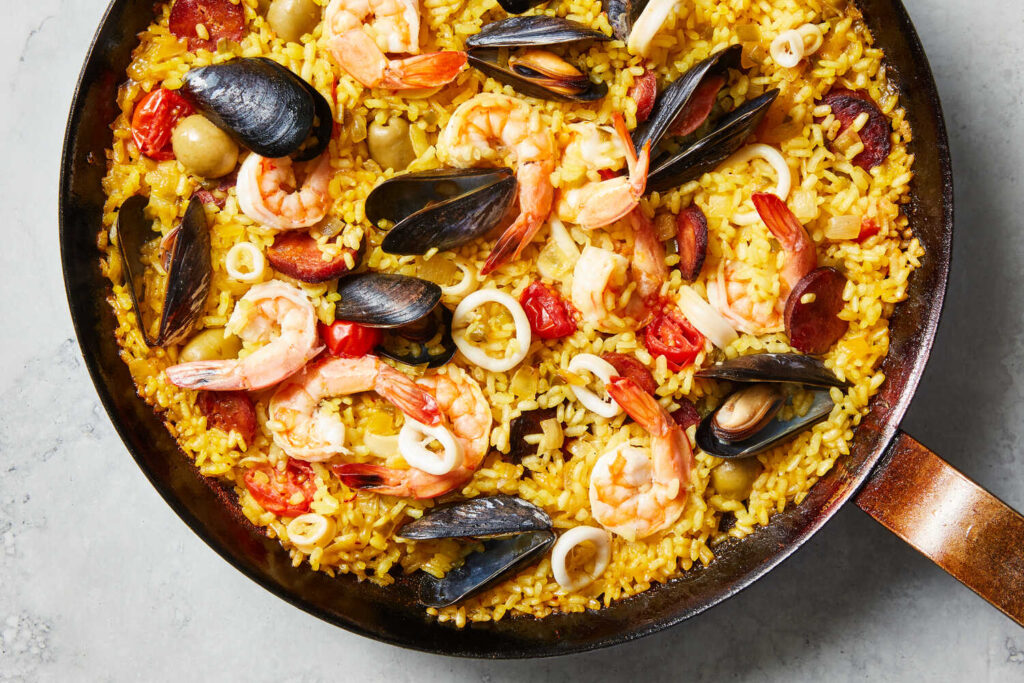
Let me tell you something that’ll make your stomach growl and your passport itch. There’s food, and then there’s Paella. Not that half-baked, soggy stuff tossed in a plastic takeout container and called “Spanish rice” — no.
I’m talking about the real deal. The kind that sizzles under the Valencia sun, that smells like sea breeze and saffron, and tastes like a love letter from the Mediterranean.
Now listen. I didn’t fly across the damn globe and nearly melt my eyebrows leaning over a wood-fired pan just to keep quiet about it.
Paella, at its core, is both chaos and harmony. It looks like a potluck of ingredients thrown in with zero plan, but somehow — by some culinary sorcery — it ends up tasting like Spain distilled into a single dish.
And don’t come at me with “it’s just rice.” You don’t call the Sistine Chapel “just paint,” do you?
The first time I saw a proper paella being made was somewhere near Albufera, this sun-soaked pocket of coastal Valencia.
Picture an old dude named Manuel who’s probably been making paella longer than I’ve been alive, yelling at his grandkid to add just the right amount of socarrat.
That’s the crispy, golden, flavor-packed crust at the bottom of the pan — the holy grail. If your paella doesn’t have socarrat, you might as well toss it to the seagulls.
And let’s talk about the ingredients. Rabbit, chicken, snails if you’re feeling adventurous. None of that “throw shrimp on everything” touristy nonsense.
This dish isn’t trying to be sexy for the ‘gram. It’s proud of its roots. Humble. Gritty. Honest. And when that smoke hits the rice, kissed by fire and kissed again by time, the flavors don’t just slap — they punch.
The locals? They don’t mess around with it either. You try adding chorizo to a traditional paella and someone’s abuela might actually hex your family. I’m dead serious. This is not a dish you freestyle with unless you want to get kicked out of the country.
And yet, despite all this precision, paella still has that soul-food feel. It’s meant to be eaten in a group, elbow to elbow, drinks spilling, laughter louder than the waves.
No one’s counting calories, no one’s worried about gluten. You just eat. And then you eat some more. And maybe you unbutton your jeans after. That’s between you and God.
But here’s what really got me: it’s not just a dish. It’s an event. A whole vibe. Like Sunday football, but for your tastebuds.
The pan’s big enough to look like it could double as a satellite dish, and the anticipation builds as the smoke curls up into the hot Spanish air. You wait, drink in hand, as the chef stirs with the solemnity of a priest performing a sacred rite.
Then it hits the table, and no one says a word. Forks dive in like synchronized swimmers. And for a second — just one golden, mouthful-melting second — you get it. You get why this dish is a damn legend.
So, if you’ve never had real paella, the kind that sings with sea salt and sun, you owe it to yourself. Not the microwaved knockoff. Not the overpriced “fusion” version at some downtown hipster place where they serve it in a martini glass.
I mean real paella. The kind that makes you question everything you thought you knew about rice.
And when you finally taste it — really taste it — you’ll understand why I’m still dreaming about that crusty, saffron-stained bite like it was my last meal on Earth.
Spain didn’t just give us Picasso and flamenco. It gave us Paella. And that’s a masterpiece you can eat.
You hungry yet?
Because I am. And I’d sell my left sneaker to be back in that salty breeze, glass of sangria in hand, waiting for that first glorious crunch of socarrat to hit my tongue.
Paella isn’t just a dish. It’s a damn declaration. A celebration. A call to gather, to slow the hell down, and to feast like it matters.
Because it does.
And if you’ve never experienced that? Well, you’ve got some catching up to do.


